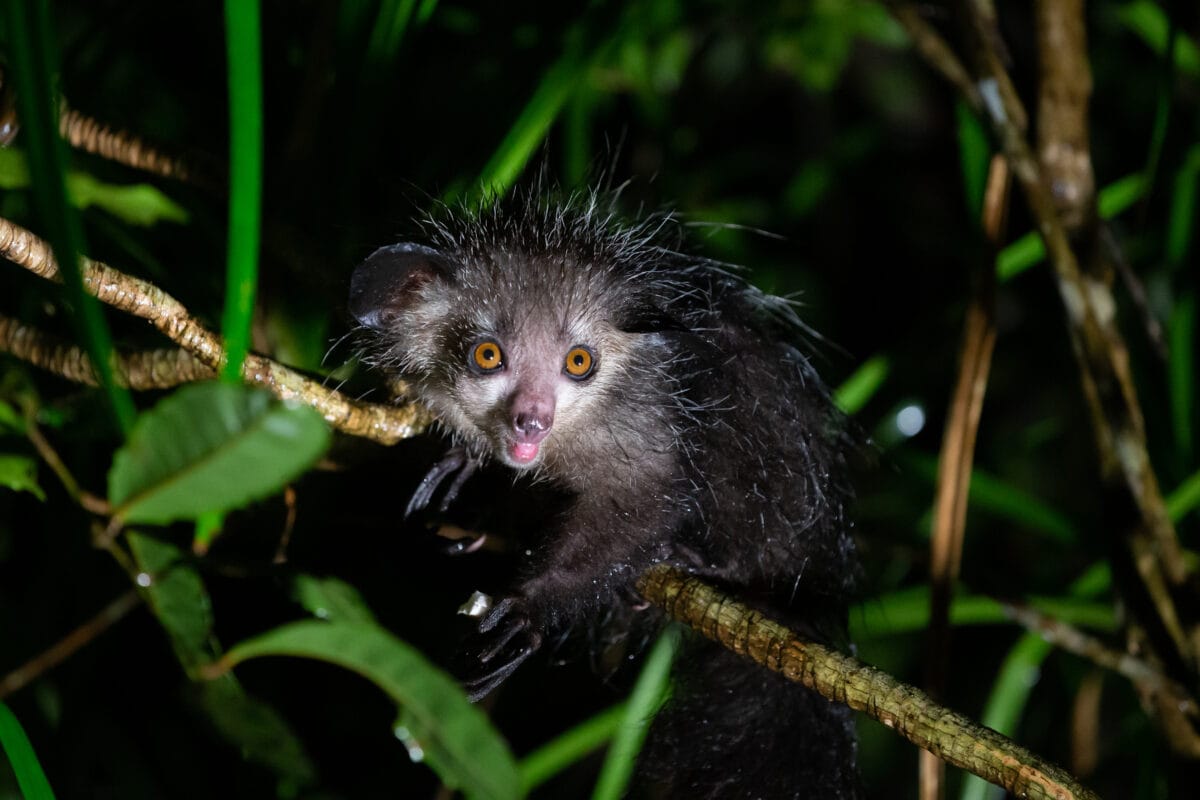Madagascar, an island nation off the southeastern coast of Africa, is renowned for its unique wildlife, much of which cannot be found anywhere else on Earth. Among this rich tapestry of biodiversity, one creature stands out for its peculiarity—the aye-aye (Daubentonia madagascariensis). Often described as Madagascar’s strangest primate, the aye-aye possesses a bizarre appearance and intriguing behaviors that have fascinated scientists and nature enthusiasts alike. This article delves into what makes the aye-aye so unique and how it has adapted to survive in its isolated environment.
A Distinctive Appearance
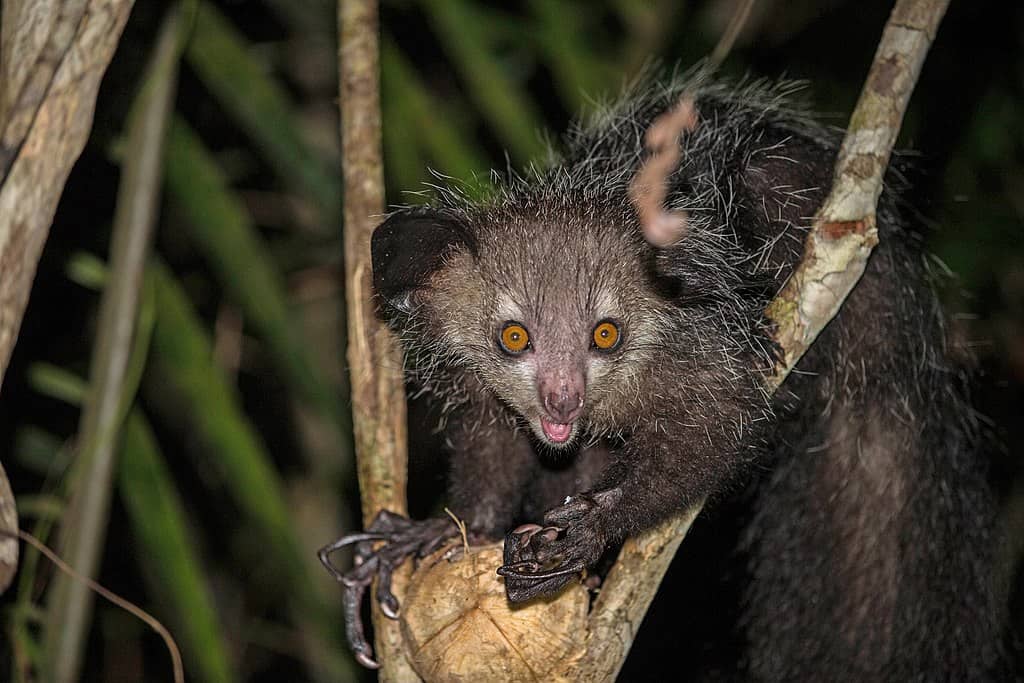
One cannot discuss the aye-aye without first remarking on its unmistakable appearance. It is often described as gremlin-like, with a number of anatomical features that set it apart from other primates. The aye-aye sports coarse, shaggy fur that varies in color from dark brown to black, with a lighter, almost white face. Its large, round eyes are well-adapted for nocturnal life, allowing it to see in low-light conditions as it hunts for food at night.
Perhaps the most notable feature of the aye-aye is its elongated, skeletal middle finger. This digit is thin, flexible, and highly specialized, which it uses for a peculiar feeding technique. Despite its slender appearance, the aye-aye’s middle finger is incredibly strong and capable of intricate movements, making it an essential tool for its survival.
Unique Feeding Habits
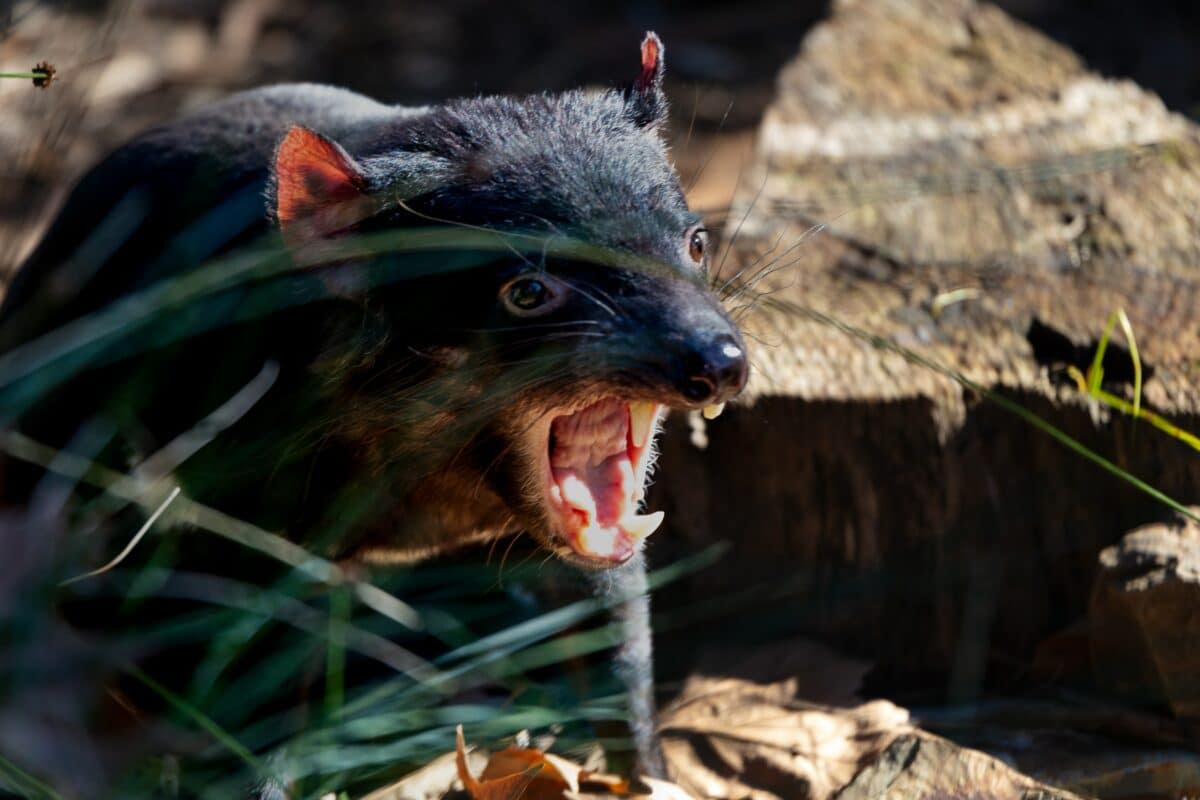
The aye-aye’s feeding behavior is one of its most fascinating traits. It employs a feeding strategy known as percussive foraging, a technique used to locate its primary food source—wood-boring insect larvae. The aye-aye taps along the bark of trees with its elongated finger, listening intently with its highly developed auditory system for the hollow sounds that indicate the presence of insects beneath the surface. Once a potential meal is detected, the aye-aye gnaws a hole in the wood using its ever-growing, rodent-like incisors. Finally, it inserts its specialized finger into the cavity to extract the larvae, much like a tool.
This remarkable method of feeding is not only a testament to the aye-aye’s adaptability but also an excellent example of niche specialization. It allows the aye-aye to exploit food resources that few other animals can access.
Cultural Significance and Conservation Challenges
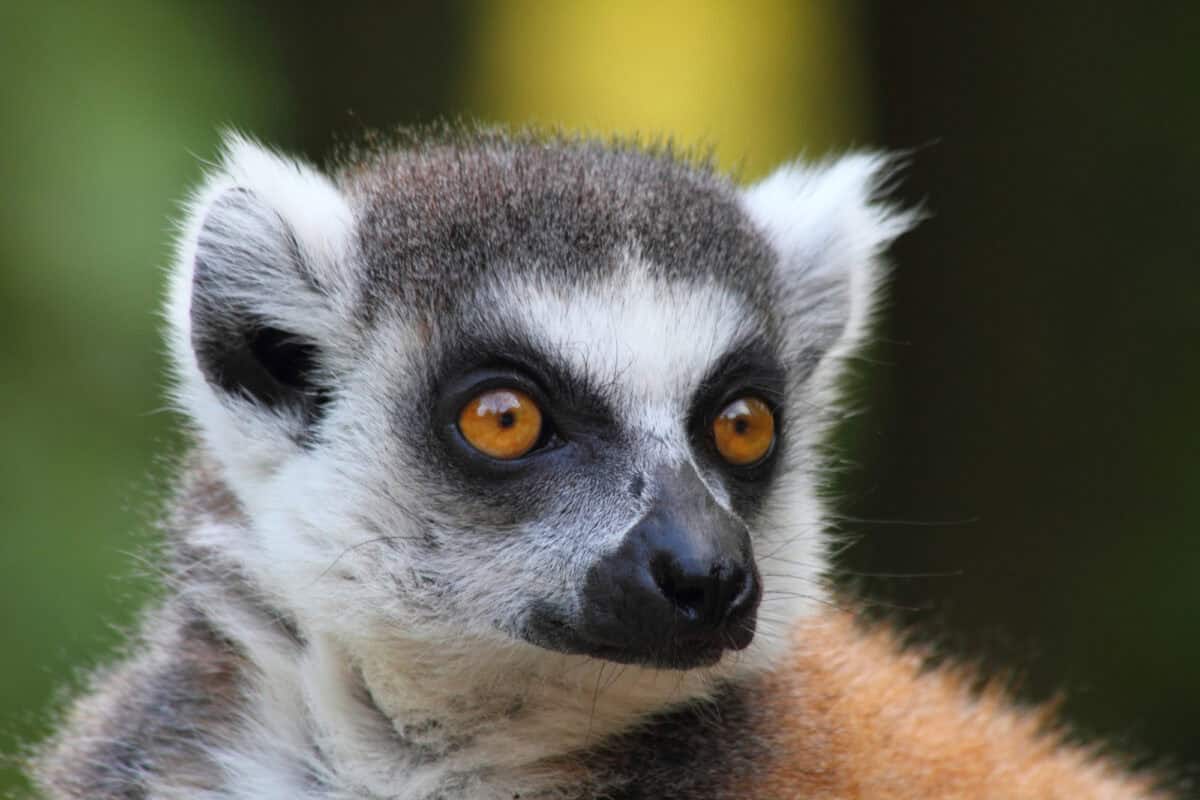
Despite its intriguing biology, the aye-aye has long faced challenges stemming from human misunderstanding and cultural beliefs. In some regions of Madagascar, due to its unusual appearance and nocturnal habits, the aye-aye is considered an omen of bad luck or a harbinger of death. These superstitions have historically led to the killing of aye-ayes by local communities.
Beyond cultural threats, habitat destruction poses a significant risk to the aye-aye’s survival. Madagascar’s forests are continuously being lost to logging, agriculture, and human settlement, leading to critical habitat fragmentation. As a result, the International Union for Conservation of Nature (IUCN) classifies the aye-aye as Endangered, highlighting the urgency of conservation efforts to protect this unique species.
Conservation Efforts and the Future
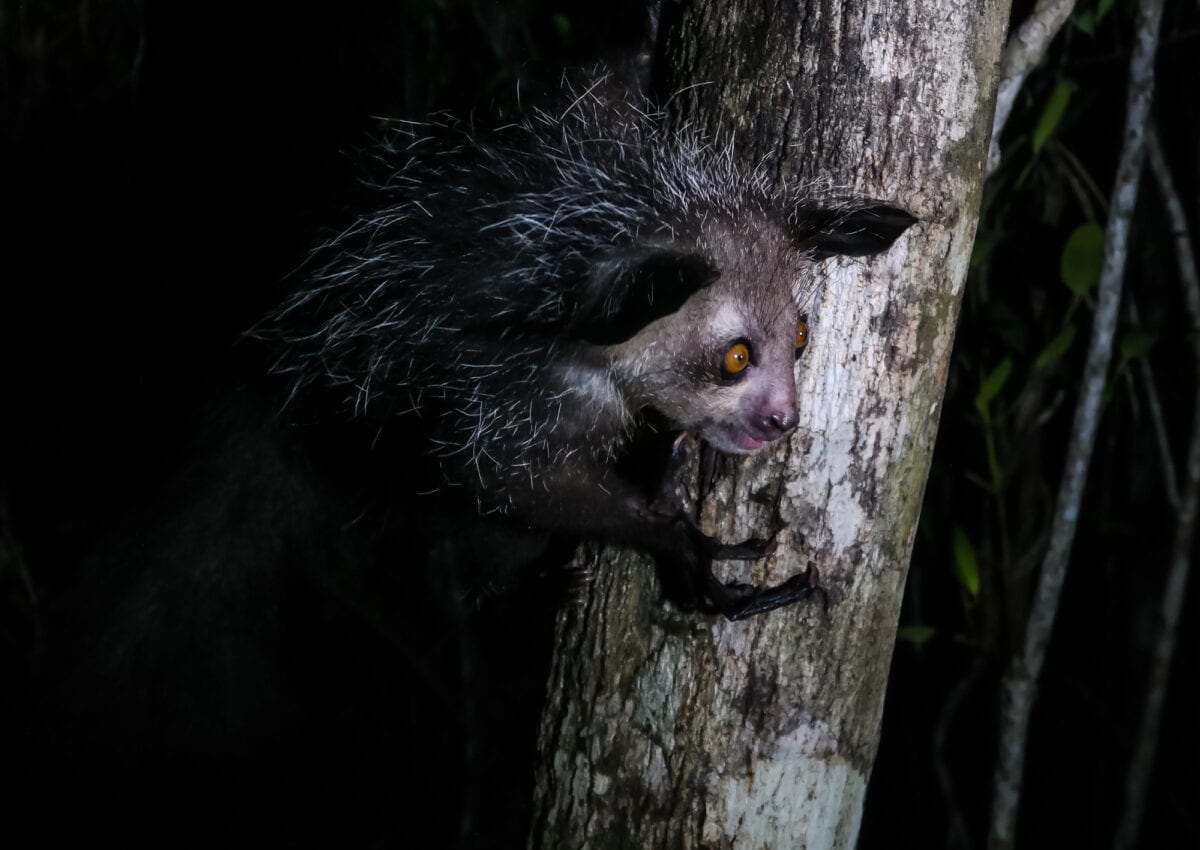
Fortunately, efforts are underway to ensure the survival of the aye-aye. Conservationists are working to educate local communities about its ecological role and importance, dispelling myths and promoting coexistence. National parks and protected areas within Madagascar are also crucial in preserving the natural habitat of the aye-aye and other endemic species.
Research initiatives are ongoing to better understand the biology and ecology of the aye-aye, providing valuable insights into its behavior, genetics, and adaptability to changing environments. By fostering a greater appreciation for this peculiar primate, conservationists hope to rally global support for measures that safeguard its future.
Conclusion: Celebrating Biodiversity

Among the many unique species found in Madagascar, the aye-aye stands out as a symbol of nature’s boundless creativity and adaptability. Its strange appearance, extraordinary feeding habits, and cultural significance make it one of the most fascinating animals in the world. Protecting the aye-aye is not only about preserving a single species but also about celebrating the rich biodiversity of our planet and fostering a deep respect for all forms of life that share our world.
- The Most Beautiful Bird Migration Routes Across the US - August 9, 2025
- 14 Dog Breeds That Love to Cuddle - August 9, 2025
- 11 Signs Your Horse Might Be Bored - August 9, 2025

